It’s all fun and games in the great outdoors until nature starts calling. We would love to find a genuine porcelain throne lying around when it’s time to go, but it’s not going to happen.
Why not? Class B campers and smaller travel trailers don’t have the luxury of space to install high comfort commodes.
There simply isn’t space to install a toilet that works like the one at home. If you don’t want to spend some quality time squatting in the woods, you’ll need to get a bit creative when doing business with your waste management.
So, if you hate dealing with or being limited by black tank, a dry flush toilet or or non-flush toilet could be your saving grace if your RV doesn’t come with a black water plumbing system.
Their waterless, portable system has allowed these self contained, battery powered, toilet to turn heads and take plenty of loads off.
The temptation of a chemical, smell, and water-free option has convinced off-grid homeowners and RVers to turn to dry flush toilets, but they’re not perfect for everyone.
But like most things, non-flush toilets has pros and cons. So you need to carefully consider all the factors before converting your RV toilet to the waterless models.
How can a waterless, flushless, and smell-free toilet work? Where does the waste go in a dry flush toilet?
Have no fear! We have the answers to all your dry flush toilet questions. This post we’ll explore the highlights and pitfalls of the technology so you can decide if a waterless toilet is a perfect fit for your RV.
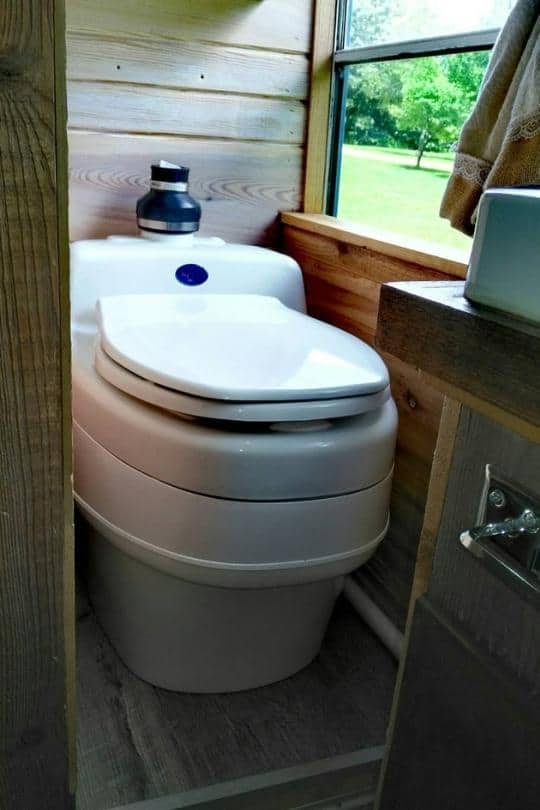
What is a dry flush toilet?
A dry flush toilet is a waste disposal option that does not use any water or chemicals to flush. In between a composting toilet and a wastewater toilet, dry flush toilets are portable, easy-to-install, and don’t require your rig to have blackwater sewage systems.
It might look like a regular toilet, but the materials are lightweight, and the dry flush system allows you to have a complete commode without any hookups or plumbing.
In other words, it’s a toilet you can pick up and move around with ease.
With all these benefits, it’s no wonder they’re becoming ever more prevalent inside mobile homes.
RVers enjoy that dry flush toilets still retain the appearance of a standard seat, giving your portable bathroom experience a touch of luxury.
No matter what you have hooked up inside your RV, you’ll have to empty your waste eventually, but dry flush toilets can help get it out of your RV without making a mess. Let’s take a look at the process.
How Does a Dry Flush Toilet Work?
One battery powers the entire process. You deposit the day’s work in the bowl the same way you would in your toilet at home and press a button or pull a lever, which activates a motor.
Here’s where dry flush toilets differ from the rest. This motor twists a lining that sits between the toilet and your pee and poo in the bowl, turning until the liner has wholly sealed off your waste.
Now airtight, this liner deposits itself in a holding receptacle underneath the seat. Once it’s in the holding tank, the lining will be completely leak and odor-proof.
After the dust has settled, a new liner unwraps in the toilet bowl, and it’s ready for another round.
Everything this self-contained toilet needs to operate is inside the lightweight plastic material.
You’ll have one extension; most toilets will come with a 12-foot plug that connects either to a solar battery or a 120 Volt charging port to power up the internal motor.
You can power up your dry flush toilet using a simple solar or 12V set up in hours, and the charge lasts up to 300 flushes.
Besides that power cord, your toilet holds all the dirty details of the device inside various compartments that prevent slips and spills.
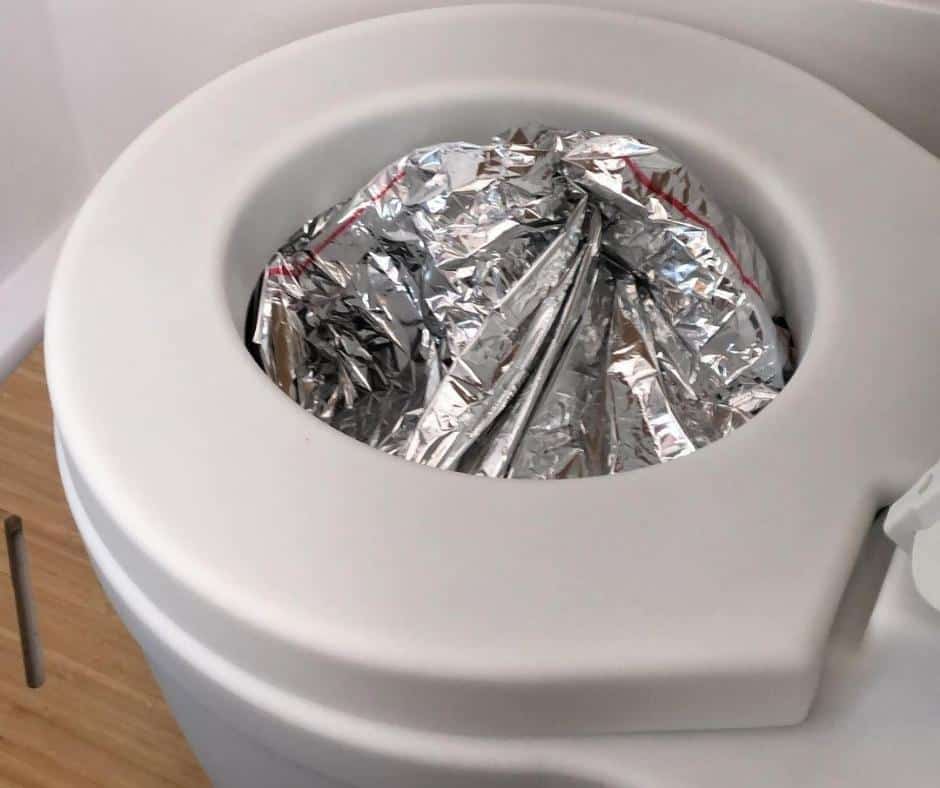
Do dry flush toilets smell?
You’ll be hard-pressed to find a portable toilet that is entirely smell-free, but a dry flush toilet is the closest thing to it. Dry flush toilets wield zero-odor technology thanks to the liner system, which immediately seals off your feces from the rest of your RV.
The airtight container rests in a secure location until it’s time to empty the tank.
Unlike a black water toilet, you won’t need to dump any in a dry flush toilet, and no bacteria-generating compost will develop.
Thanks to this airtight system, your wrapped waste in your non-flush toilet will never see the light of day, and there will be no chance for foul smells to turn to disaster on bumpy roads.
Each bag is double-lined to be leak and spill-proof from use to disposal.
How often do you empty a dry flush toilet?
You should empty your waterless tank every 20 flushes.
Look for a red line to appear on your liner when you’ve only got two or three flushes before you’ll need to change out your cartridge.
The liner bag holds on to the waste from every flush in one convenient container, and you can move it straight from the toilet to the trash without even seeing inside the bag.
Wait until you’ve used up every single liner in the cartridge before emptying your device. Once it’s empty, you can easily swap it out with a full cartridge without a mess.
Thanks to the liner system and its easy removal process, you won’t have to clean your dry flush toilet every time you use it.
… But that doesn’t mean you’ll never have to give it a bit of TLC.
How do I clean my dry flush toilet?
A dry flush toilet doesn’t require much upkeep, just a thorough wipe-down clean at least once a week.
You won’t have to worry about splashback or stains to scrub off the side of the bowl, and there’s no chance of waste leaking out the sides.
All you’ll need to polish off is the seating area and the external components exposed to dust and poor aim.
How do I change my dry flush toilet cartridges?
After about 20 flashes, you won’t just have to clean your waterless toilet, it’ll be time to switch out your cartridges.
Follow our step-by-step guide to remove a full dry flush toilet cartridge without missing a beat.
-
1. Remove the top of the toilet seat to reveal your cartridge housing. You should find a bucket full of your used cartridges neatly organized and ready to roll.
-
2. Take out the entire holding tank and locate your black liner bag. Make sure everything from inside the bucket is inside your black liner bag and seal it up well with a twist tie or rubber band.
-
3. You can now grab the bag without gloves and send it straight to the nearest garbage can!
Now it’s time to install your refill cartridge.
-
4. With the holding tank already out, securely place a new black disposable bag around all eight sides of the container like you would with garbage can liner. This is the most important step of the entire process: To guarantee a smell and mess-free dry flush experience, ensure the bag completely covers the holding tank.
-
5. Plant your refill dispenser’s 8 sided disk at the bottom of the holding tank after it is covered by the black disposable bag.
-
6. Put the protected holding tank back inside the toilet unit.
-
7. Place the other end of the refill dispenser onto the top of the holding tank, where it will securely lock into place. Use your hands or the flush button to open up your first cartridge.
-
8. Replace the toilet seat, and your flushless toilet is ready for work!
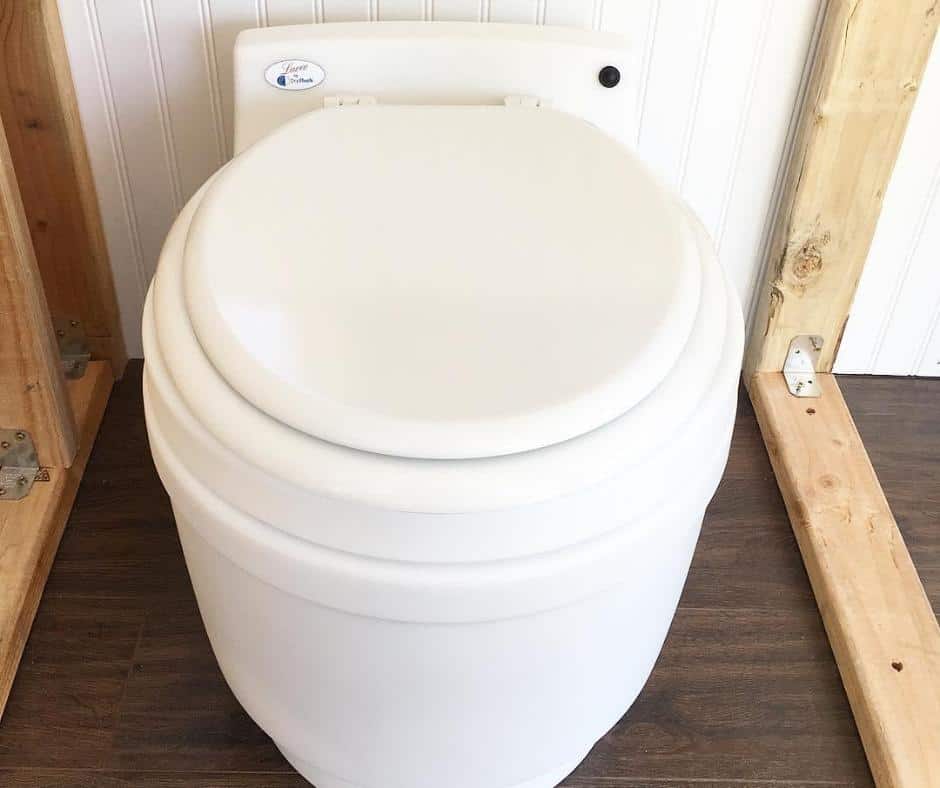
Perks and Flaws of dry flush toilet
You’ve heard the highlights of a dry flush toilet, and we’ve tackled some of the most asked questions about the device.
Hopefully, the dry flush toilet is starting to sound like a legitimate solution for your RV.
The system will undoubtedly be a perfect way for some RV owners to eliminate their human waste.
However, there are always other factors to consider, and there are some serious drawbacks to waterless toilets.
Before you commit, take a look at all the details of the dry flush waterless process.
Pros
The dry flush toilets’ strengths make it an excellent option for travelers who don’t want to invest significant time installing an RV toilet.
No water
Water is a precious resource, which you’ll soon learn if you start living out of your RV.
Dry flush toilets don’t require any liquid or chemicals to function, saving you valuable liters per use.
Since the toilet doesn’t require water, you won’t have to worry about finding dump stations to eliminate your waste; any trash can do the job.
Easy to empty
You’ll be able to empty your dry flush toilet in parking lots and public parks across the country.
Anywhere with a trash can is up to the challenge, and you won’t even have to wear gloves to get the job done.
The outer layer of the dry flush cartridge holds on to every flush, allowing you to grab the cartridge and move it to the nearest receptacle without worrying about anything spilling.
Portable
Even the fanciest dry flush toilets won’t weigh more than 27 pounds.
The lack of external pipe connection means you can move this toilet around the inside and outside of your RV with ease.
The toilet requires no installation and can easily be stored in a more secure location while the vehicle is in motion.
You can keep it locked into place for the drive and set it up in an out-of-the-way outdoor location once you make it to your campsite.
Cons
Dry flush toilet’s weaknesses should make large families hesitate before solely relying on the system for their next trip.
Not very Reusable
You’ll have to replace your cartridge after every 20 uses.
That may sound like loads of flushes, but one night of undercooked refried beans can take a significant toll on your cartridges.
Anyone traveling with more than two people in their RV could find themselves changing their liner system every weekend.
If these toilets are relied on for more than emergencies, the liners will start to add up fast.
Not Biodegradable
While composting toilets have plenty of flaws, you can’t beat the sustainability offered by the biodegradable materials. This dry flush system is all heading into the landfill.
The robust plastic systems that completely stop liquid in its tracks sacrifice environmentally friendly features like biodegradable liners to prevent leaks.
Not Cheap to Replace
If you’re starting to notice the theme, most of the flaws in this toilet system revolve around the disposable liner.
Every 20 flushes will require you to change out the cartridge, and each new set of liners is about 20$. That means you are paying a dollar a flush.
Not only will you have to change it out every 20 flushes, but these cartridges also aren’t the easiest thing in the world to find. A lack of planning could leave you up the creek without a toilet.
We highly recommend using the great outdoors as much as possible if you own a dry flush system.
Using the toilet as an emergency location for going #2 will prevent you from churning through cartridges.
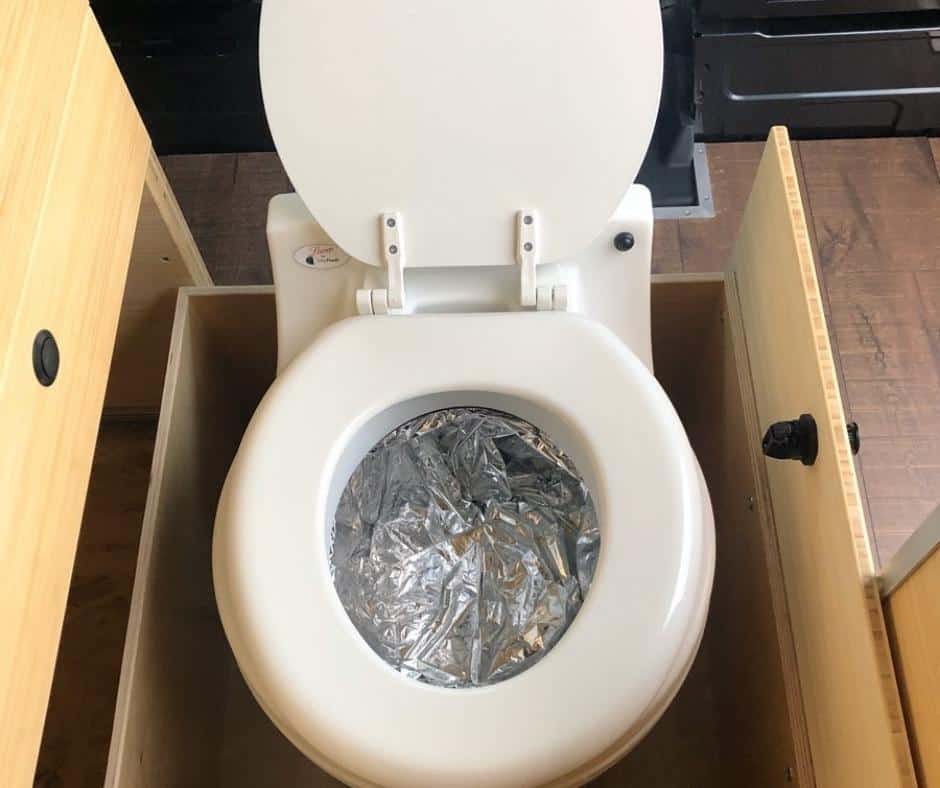
Should I Use a Dry Flush Toilet?
The answer to that question depends on you. If you are hyper-conscious of your environmental footprint and don’t like the idea of contributing to the landfill every time you squat, you may want to look towards other toilet styles.
The other scenario where a dry flush toilet might be sub-par is If you have a large group using the same bathroom.
At a fast rate, the cost of the cartridge refill will make it worth investing in a more crowd-friendly solution.
Anyone traveling by themselves or with a partner will feel the benefits of a dry flush toilet.
Its portability allows you to use it inside and outside the RV, its unique system ensures you’ll never have to get near your waste, and it’s affordable/install free entry point will guarantee your toilet is up and running before the next holiday weekend.
You’re the only person who can find the perfect toilet solution for your RV.
If your main RV toilet concern is keeping all smells to a minimum, this toilet could provide the cleanest possible solutions.
RVers who are more concerned about their environmental impact or their pocketbook may find other toilets more worthy of their investments.
Love it or hate it, you can’t deny, dry flush toilets are convenient and clean enough to be worthy passengers on road trips of all shapes and sizes.

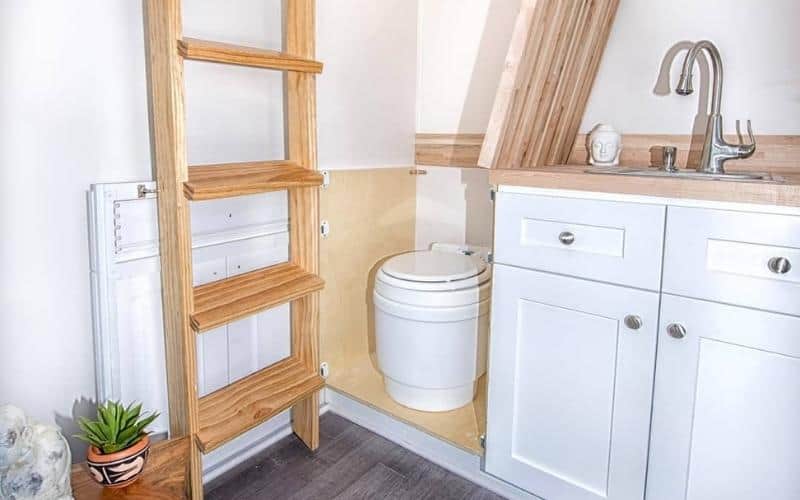
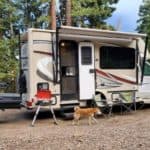
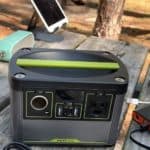
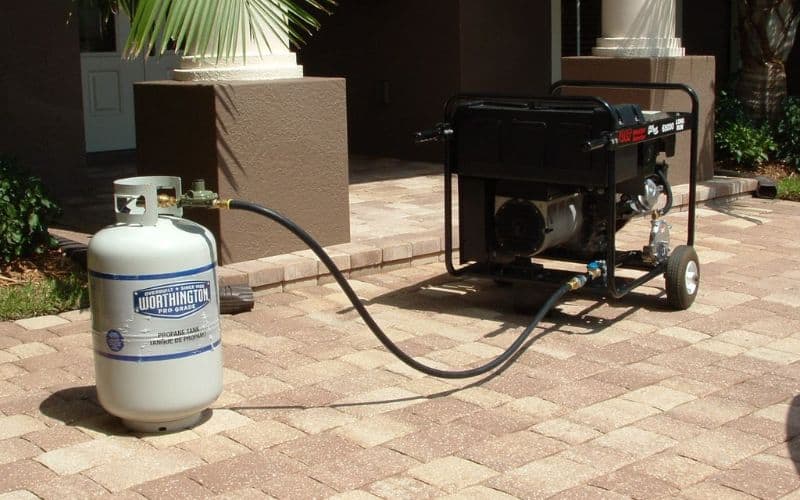
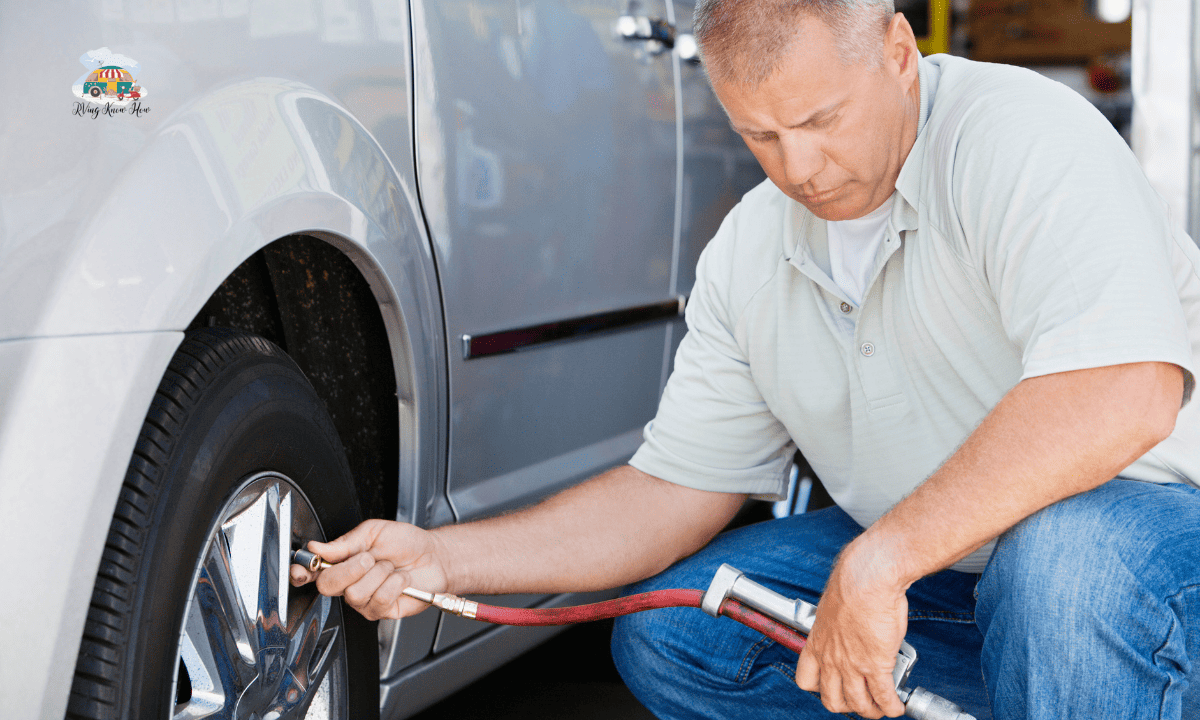
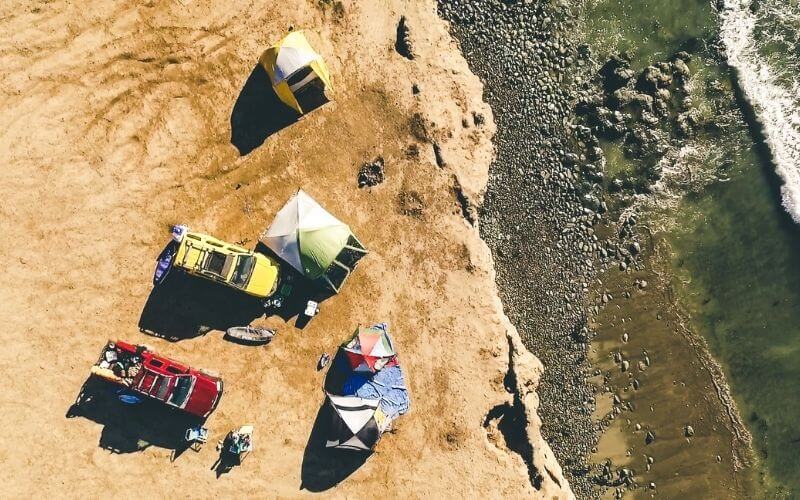
1 Comment
Jessica wiliam
2 years agoWaste disposal is not a pleasing topic, especially when you’re having meals. However, you need to deal with it as a result of eating.